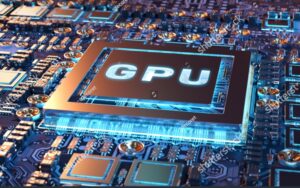
Numerous GPU alternatives are available from different manufacturers, so it might take time to determine which best suits your requirements. Although they were correct when publishing, the prices and product availability mentioned were subject to change.
Why is the graphics card necessary?
For many people, gaming is the most resource-intensive task you expect your PC to accomplish. Thus, it should come as no surprise that devoted gamers spend countless hours learning about the most recent advancements in GPU technology and frequently upgrade their GPUs.Developed games to take advantage of the increased performance as GPUs become faster. It encourages manufacturers to create even quicker GPUs, perpetuating the cycle. You might not give your GPU capabilities as much thought if you don’t prioritize gaming.
Despite this, professional programs frequently, if only sometimes, directly exploit a GPU’s specific processing skills. Examples include video editing, where a GPU can accelerate tasks like video encoding and 3D rendering, and CAD/CAM software like AutoCAD.
These programs profit from the additional processing power a GPU provides. Still, they all benefit from GPUs created for their particular needs.
Gaming
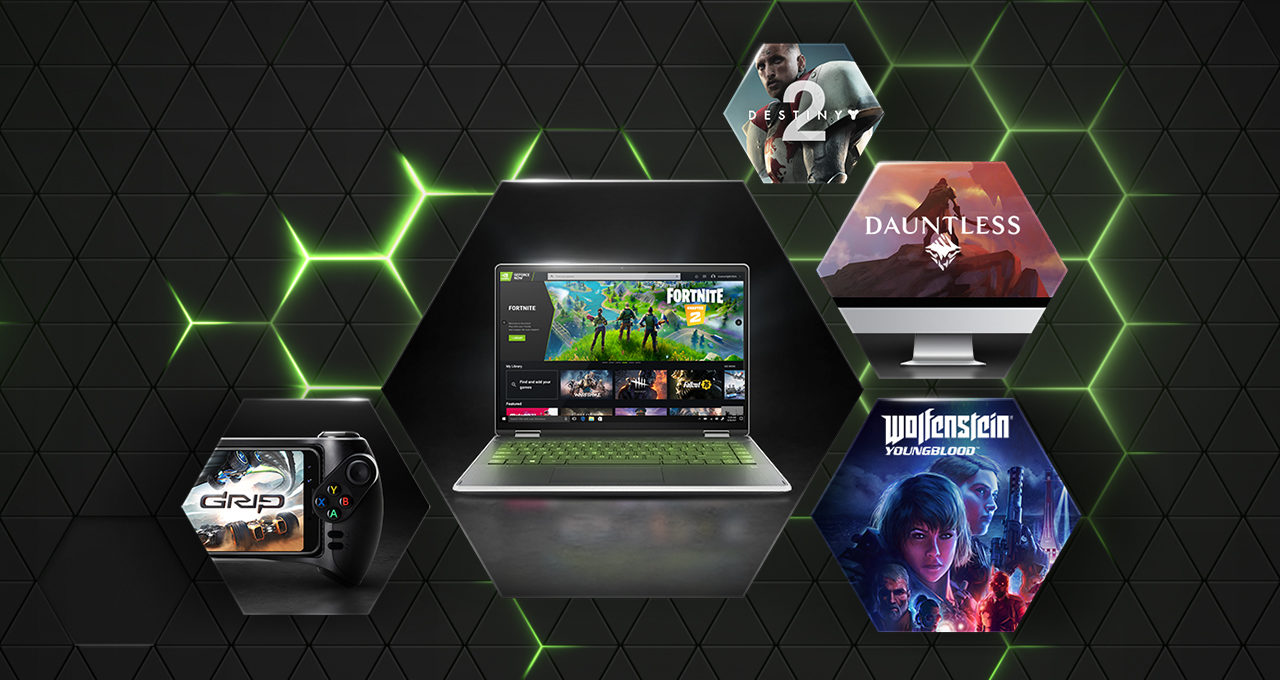 The GPU will be your most crucial component if you’re creating a PC to play games.
The GPU will be your most crucial component if you’re creating a PC to play games.
Although other elements like the CPU, storage, and RAM can also affect performance, the GPU is closely related to what you see when playing.
Though there are several gaming genres, not all require the most potent GPU.
Reading a game’s needed, recommended, and ideal specifications is crucial to get an appropriate GPU. This an excellent strategy to future-proof your setup and maintain it capable of running. Invest in the greatest GPU you can afford for popular games still in development. However, if you are sure of the types of games you want to play, researching the GPU running those games is a smart way to begin your buying.Video and professional applications
GPUs can be used in high-end programs like AutoCAD and Adobe Pro Premiere to accelerate processing and create quicker and more effective workflows. Because of this, a whole category of GPUs is just for professionals. Faster GPUs are also advantageous for those who utilize PCs for challenging activities like 3D rendering, game design, and video editing. These workstation GPUs are designed specifically for these tasks, and their drivers have been tested and proven to function well under these conditions. Since the most costly GPU isn’t always “better,” choosing a GPU depends on your usage needs and pricing.Professional-class graphics cards are frequently more expensive than high-end gaming GPUs and can be powerful. Still, these graphic cards need help to handle the workload of a heavy game. You must find a solution outside the typical consumer GPU market if you need a GPU to run professional applications. In this tutorial, we’ll concentrate on standard, gaming-oriented graphics cards.
Start with the RTX series from Nvidia or the Radeon Pro lineup from AMD.
Everyone else
You should not spend as much money on your graphics card if you aren’t gaming or using taxing professional programs that benefit from a GPU’s ability to speed things up. The good RAM, CPU, and storage should be a significant concern. If you mainly use your computer for low-resource activities like productivity software, online browsing, email management, and other low-resource tasks. You don’t need a second GPU because your system’s CPU already has adequate graphics capabilities.Integrated vs. discrete GPU
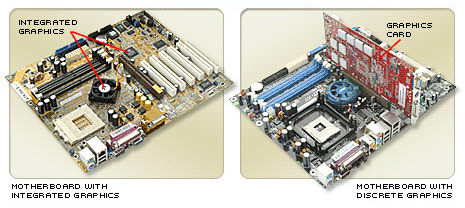 Most current CPUs include integrated graphics, effectively GPUs integrated into the CPU itself or connected to the CPU in some other way.
The operating system, online browsers, email clients, productivity apps, and other standard software can work on these integrated graphics.
Still, they typically offer insufficient power for anything more intense than casual (or older) games.
Most current CPUs include integrated graphics, effectively GPUs integrated into the CPU itself or connected to the CPU in some other way.
The operating system, online browsers, email clients, productivity apps, and other standard software can work on these integrated graphics.
Still, they typically offer insufficient power for anything more intense than casual (or older) games.
They are quickly changing as CPU power increases, but for the time being, a separate (or discrete) GPU is the best option if you want to play games.
Standalone GPUs range in price from affordable entry-level models to extremely potent models.
It can expense well over $1,000 on its own.
You can purchase discrete GPUs to replace an outdated GPU, add them to pre-built computers, or create your PC.
Mobile vs. Laptop
Selecting a GPU is crucial at any time, not only when building or purchasing a new desktop computer. Several laptops and PCs designed for gaming use discrete GPUs. If playing games on the move is essential, be sure your computer has a GPU that can handle the games you want to play, and you aren’t only using the CPU’s integrated graphics, which use less power. Due to physical constraints and thermal considerations, laptop GPUs used to be much less potent than their standard desktop counterparts. They are now more equal than ever before. No longer must you decide betweenRay technology
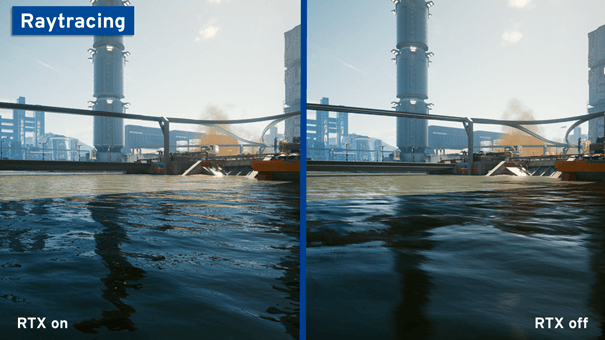 “Real-time ray tracing” is a contemporary illustration of graphics technology development. Ray tracing technology makes it possible to create more realistic lighting effects. It also closely mimics how light and reflections behave in the real world. GPU technology is still developing staggeringly, much like other PC hardware.
“Real-time ray tracing” is a contemporary illustration of graphics technology development. Ray tracing technology makes it possible to create more realistic lighting effects. It also closely mimics how light and reflections behave in the real world. GPU technology is still developing staggeringly, much like other PC hardware.
As Nvidia defines it:
By following in the footsteps that light would follow if it were to pass from the viewer’s eye to the simulated 3D environment.
Ray tracing calculates the color of pixels.
The light may move across the scene, reflecting off of things to create reflections, being obstructed by objects to create shadows, or passing through opaque or semi-transparent things (causing refractions).
The result of all these interactions is the final color of a pixel, which is then presented on the screen. The computer industry has long desired ray tracing and other related graphics technologies, but technology and software have only lately caught up with that vision.
GPUs that can effectively execute real-time ray tracing are generally more expensive because they are a relatively recent technology, although costs will probably keep falling.
Most current flagship GPUs, AMD and Nvidia, support ray tracing, which will keep expanding in popularity with each new generation of graphics cards.
The computer industry has long desired ray tracing and other analogous graphics methods, but technology and software have only lately caught up with this vision. Finally, ray tracing in video games is now possible with consumer-grade GPUs.
As GPUs become more powerful, this technology will undoubtedly become the new standard, even though games are still embraced and aren’t yet commonplace.
Upscaling technology
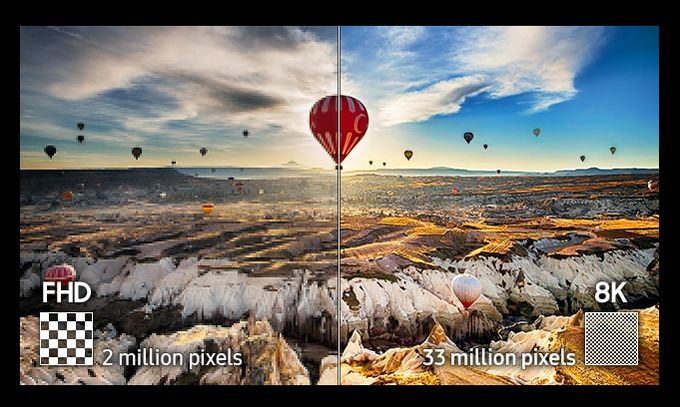
Modern GUPs are providing upscaling technology to boost gaming performance significantly. The technique downscales each frame to the resolution selected within the game before upscaling it. During the upscaling process, we use different methods to guarantee that the image keeps as much of its original quality as feasible.
Overall, the technology makes rendering faster while maintaining image quality. Deep Learning Super Sampling, or DLSS, is the name given to Nvidia’s upscaling technique.
It uses tensor cores to examine prior upscaled frames and the present lower-quality frame, which are quick at machine learning processing. Using the results of such analysis, DLSS generates and displays an edge that appears with a higher resolution. Each frame goes through that procedure, completed more quickly than rendering a high-resolution image due to the specialized technology. Keep in mind that DLSS support is necessary to build into games. To produce a more excellent quality image from a lower resolution image, AMD employs FidelityFX Super Resolution (FSR).
This less complex technique examines the current frame and uses a few sharpening filters and edge recognition algorithms. In contrast to DLSS, FSR is an open-source technology that can be implemented on any modern GPU and is not dependent on specialized hardware.
Games should develop to employ FSR, just as DLSS. Let’s now discuss Nvidia and AMD, the two leading companies in the gaming GPU market (at least for the time being).
Nvidia vs. AMD
These two businesses have historically competed for dominance in the GPU market. Hence, continually pressuring others to develop new products that benefit customers. Both have advantages and present good choices. When looking for a graphics card, you’ll frequently be able to choose from products made by brands like ASUS, GIGABYTE, and MSI instead of Nvidia and AMD. These businesses use this technology to produce their graphics cards using chips created by AMD or Nvidia. Consider it like a car: AMD or Nvidia develops the engine, but the card maker designs the rest of the vehicle, such as the body and cooling.
In other words, an ASUS GPU is still an Nvidia or AMD processor housed in an ASUS-designed chassis if you purchase one. The performance of the GPU depends on its model type (for instance, an Nvidia RTX 3080), which corresponds to the processor itself. Although there are other factors, such as cooling, clock speeds, and visual design, might affect performance. So, if you purchase an RTX 3080, you know the card’s basic capabilities, irrespective of the manufacturer.
The most crucial aspect to take into account while choosing is undoubtedly this.
Nvidia
The newest generation of gaming GPUs from Nvidia consists of the Ampere architecture. The GPUs in its 30-series are the most widely used and powerful, with performance capabilities rising. In addition to its flagship products, Nvidia offers a wide range of GPUs.
GPUs vary from the very low to the high end of the consumer GPU market. The number of processing cores, also known as “CUDA cores” or “RTX cores.” Nvidia GPU offers a simple place to start determining a GPU’s performance. It typically serves as a reliable predictor of its performance potential. Performance is affected by many factors, and “better” might mean various things to different people, much like with other PC hardware.
The RTX 4000 series, also known as Lovelace, is being developed by Nvidia. There are speculations and leaks, with no official confirmation from the business. The two prominent rumors are that RTX 4000 GPUs will utilize more power and be faster than the current generation.
AMD
The flagship Radeon RX 6000 model uses the RDNA 2 architecture. The AMD RX 5000 series is among AMD’s best gaming GPUs. The entry-level RX 6400 and the top-of-the-line RX 6950 XT are parts of the RX 6000 series. AMD uses the phrase “Stream Processors” to describe its GPU cores
Specifications
It’s crucial to conduct research, including looking up benchmarks at websites like PassMark Software’s collection of video card benchmarks. You can use these benchmark comparisons to assess how various GPU models perform against one another. A brief description of a few specifications you’ll probably come across during your investigation is as follows below.
Thermal design power
GPUs produce a lot of heat and need adequate cooling to operate consistently and at their best performance, much like all-powerful electricity-powered technology. Most graphics cards have recommendations for power supplies, typically with suggested wattages (such as 750 watts). Ensure your power supply is adequate to sustain all of the components in your system. You can do this by considering how much electricity the other parts of your PC consume. The expression “thermal design power,” or TDP, refers to the total amount of power and heat a GPU draws. The greater the TDP, the more energy it needs to run the GPU and the extra heat it generates. Due to space limitations, thermals, including pcs and laptops, have become a primary priority, where they might be crucial. You operate at total capacity before constructing your PC or selecting a GPU upgrade. Be aware that you should look into the heat generated by a particular graphics card. You are oIt will assist you in choosing a proper cooling system for your GPU and PC. Knowing what type of power connections a graphics card needs is crucial. There may be a combination of six-pin and eight-pin connectors. However, this is typically the case. When upgrading or adding a GPU, you should ensure that your power supply provides enough wattage and has the right connections to support the GPU’s power requirements. Newer GPUs might have a little different power configuration.Memory
Discrete GPUs store the data required to show information on a monitor in a particular memory. When comparing discrete GPUs, it would help to consider the amount of memory and bandwidth a graphics card has. For high-performance games that employ a lot of data to build the intricate graphics on the screen, your GPU’s video random access memory (VRAM) capacity is crucial. Running additional screens also affects this, especially if they have a more excellent resolution or refresh rates. RAM bandwidth is yet another crucial factor to take into account. You’ll generally receive more graphics RAM as you purchase faster graphics cards. So, as long as you buy a quick enough GPU for the games you want to play, you should have enough VRAM. The GPU can access data and show it on the screen more quickly if your RAM is fast. Once again, as you select the ideal GPU for your requirements, you’ll probably also like the perfect RAM to go with it.The GPU model typically determines the type of RAM in a graphics card.
Interference
Nowadays, most discrete GPUs use 16x PCIe and plug into PCIe slots. There are different configurations of single, double, and even triple physical slots for GPUs. You must verify your computer’s motherboard space for the GPU of your choice. It means that you must also take into account any additional devices you intend to connect in addition to the GPU, especially if they will occupy a PCIe slot. Additionally, you must ensure that your case is big enough to hold the parts you are installing. At the same time, most temporary PC cases will accommodate conventional gaming GPUs. So, before investing in a Small Form Factor PC or an incredibly huge GPU, ensure your motherboard, patient, and graphics card are compatible. Inadequate space can lead to incorrect cooling, which can cause performance to decline.GPUs are to have a lower profile if limited space is an issue.
Connections
A GPU on its own is not very useful. We have to connect to a motherboard and a monitor or several displays for it to work. Modern screens support various connectors, including DVI, HDMI, and DisplayPort. Both HDMI and DisplayPort have the support of the majority of contemporary GPUs. Older, legacy VGA connections may still be found on some screens, although they are gradually becoming obsolete.
Modern gaming GPUs frequently include three DisplayPort outputs and one HDMI. These are essentially the only standards used for gaming-specific systems and monitors. You must ensure that the graphics card you choose supports adequate connections for all the monitors you intend to connect to your computer and that the links are appropriate.
Although this can restrict the availability of features like higher resolutions and refresh rates, you should be aware that, in many cases, you can purchase adapters to change a connection on the graphics card to one that a screen can accept. You should double-check the specification to ensure that a specific graphics card can handle as many monitors as you want to attach.
